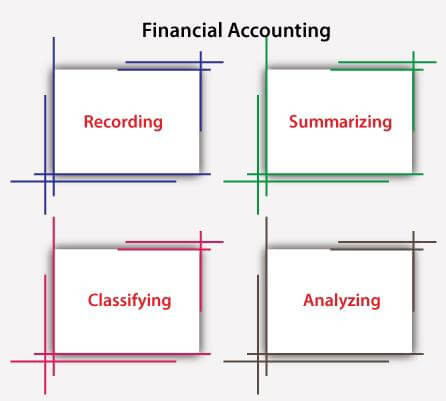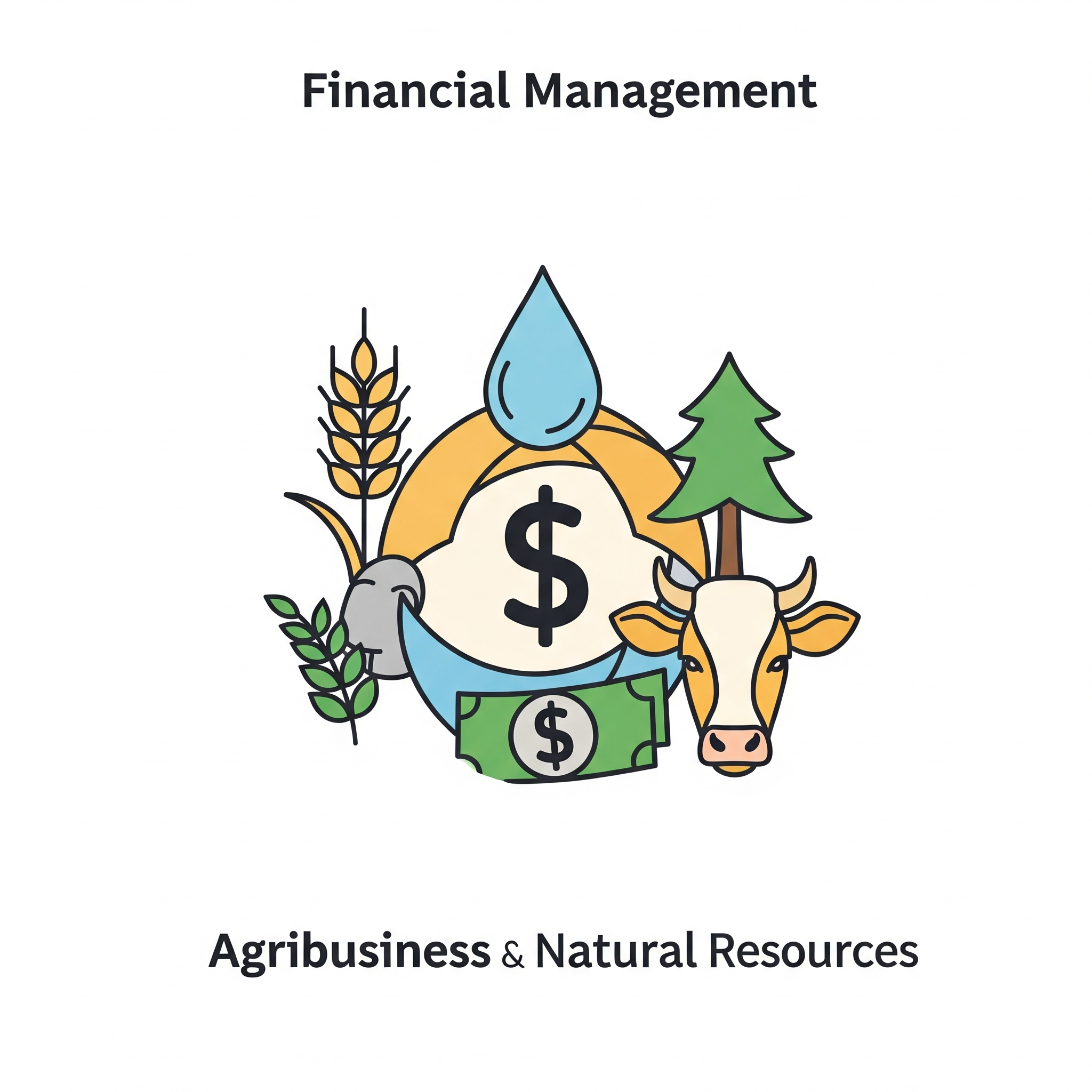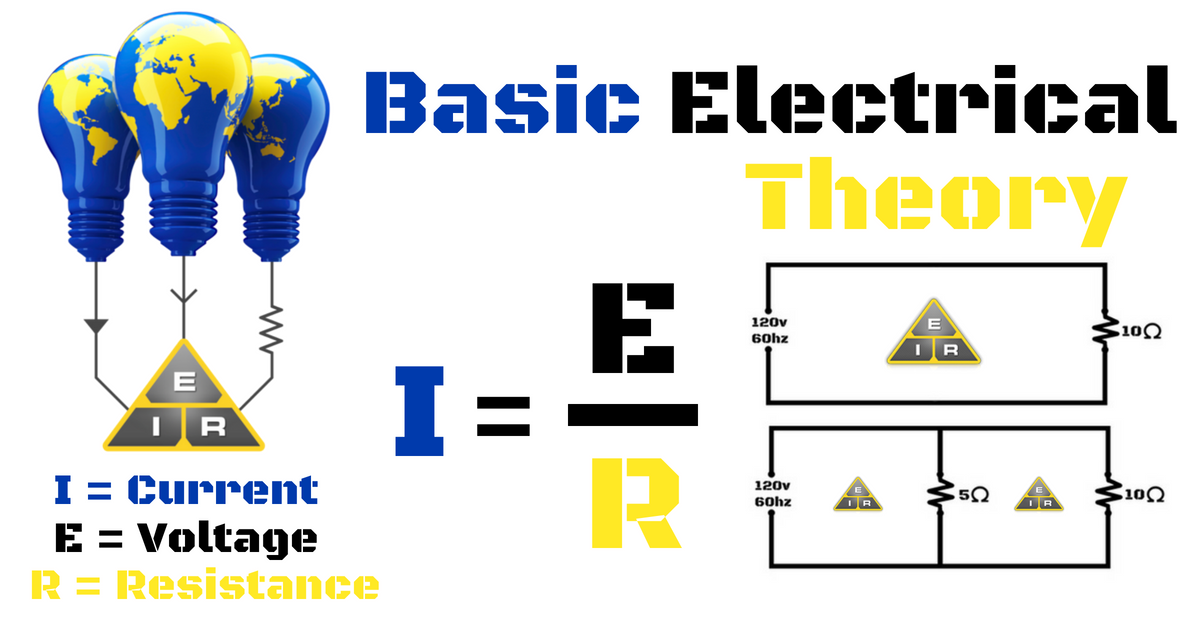Cost and Management Accounting:
The aim of the module is to develop knowledge and understanding of cost and management accounting techniques needed to support management in planning, controlling and monitoring performance in a variety of business context.
The main areas to be covered will include the following:
1. Explain the nature, source and purpose of management information.
2. Explain and analyse data analysis and statistical techniques.
3. Explain and apply cost accounting techniques.
Finance:
Financial Management is concerned with the acquisition and deployment of financial resources to achieve key objectives. The three main areas of financial management are:
1. Acquisition of financial resources
This involves obtaining suitable sources of finance and is a financing decision.
In selecting sources of finance, risk will be a consideration since some sources of finance create risk for a business.
2. Deployment of financial resources
This involves using a business’s financial resources effectively and can involve deciding whether or not to invest in projects ( the investment decision).
3. The dividend decision
Whether or not to return surplus cash to shareholders (the dividend decision).










